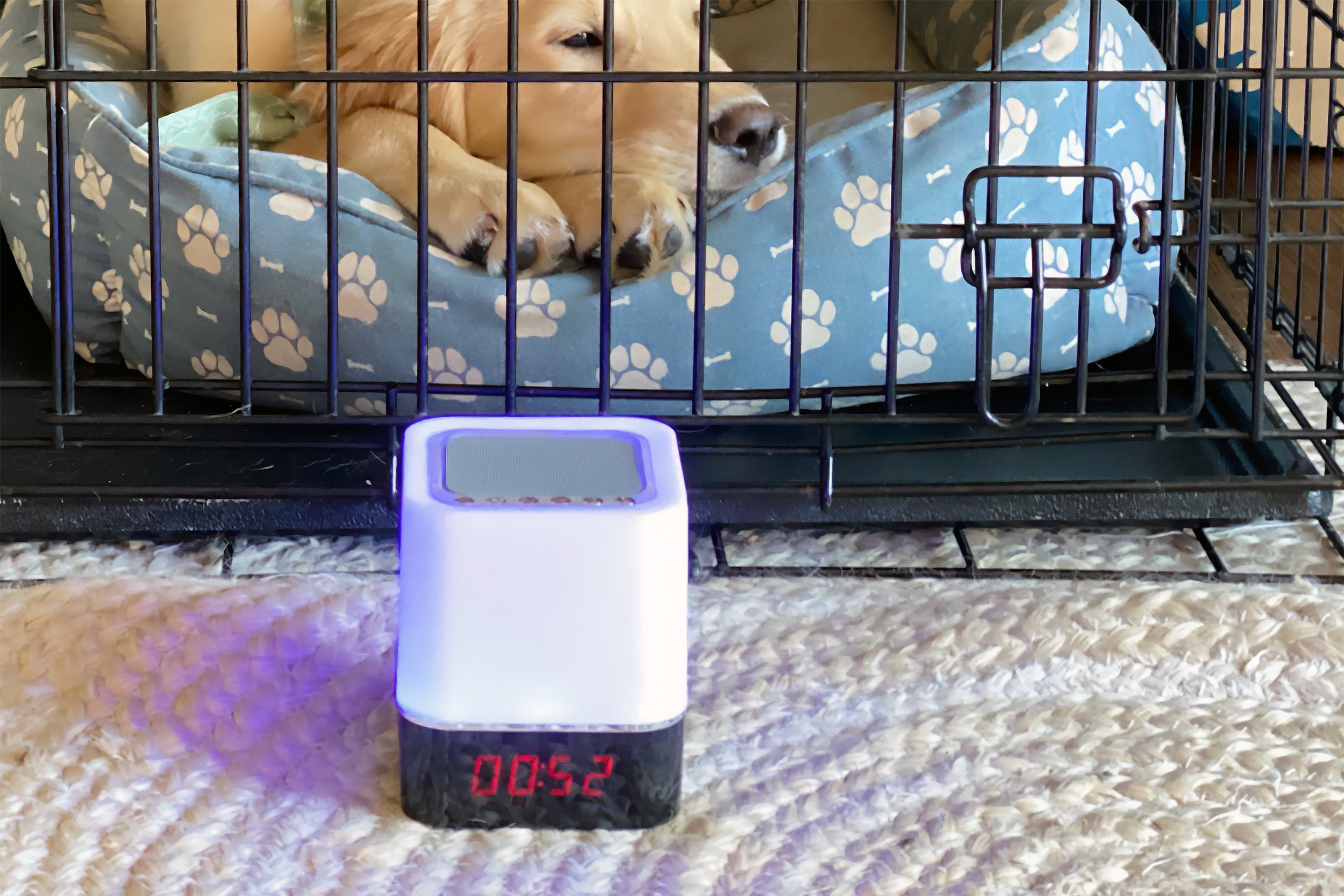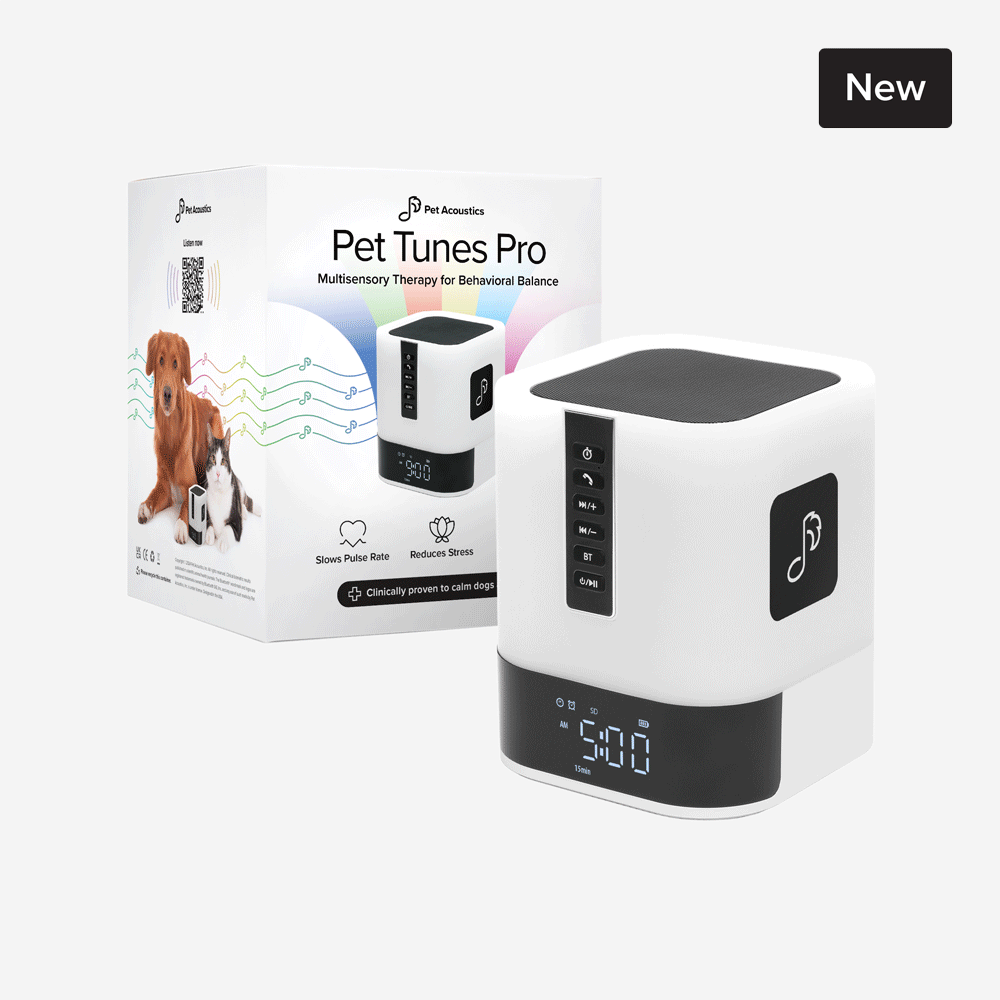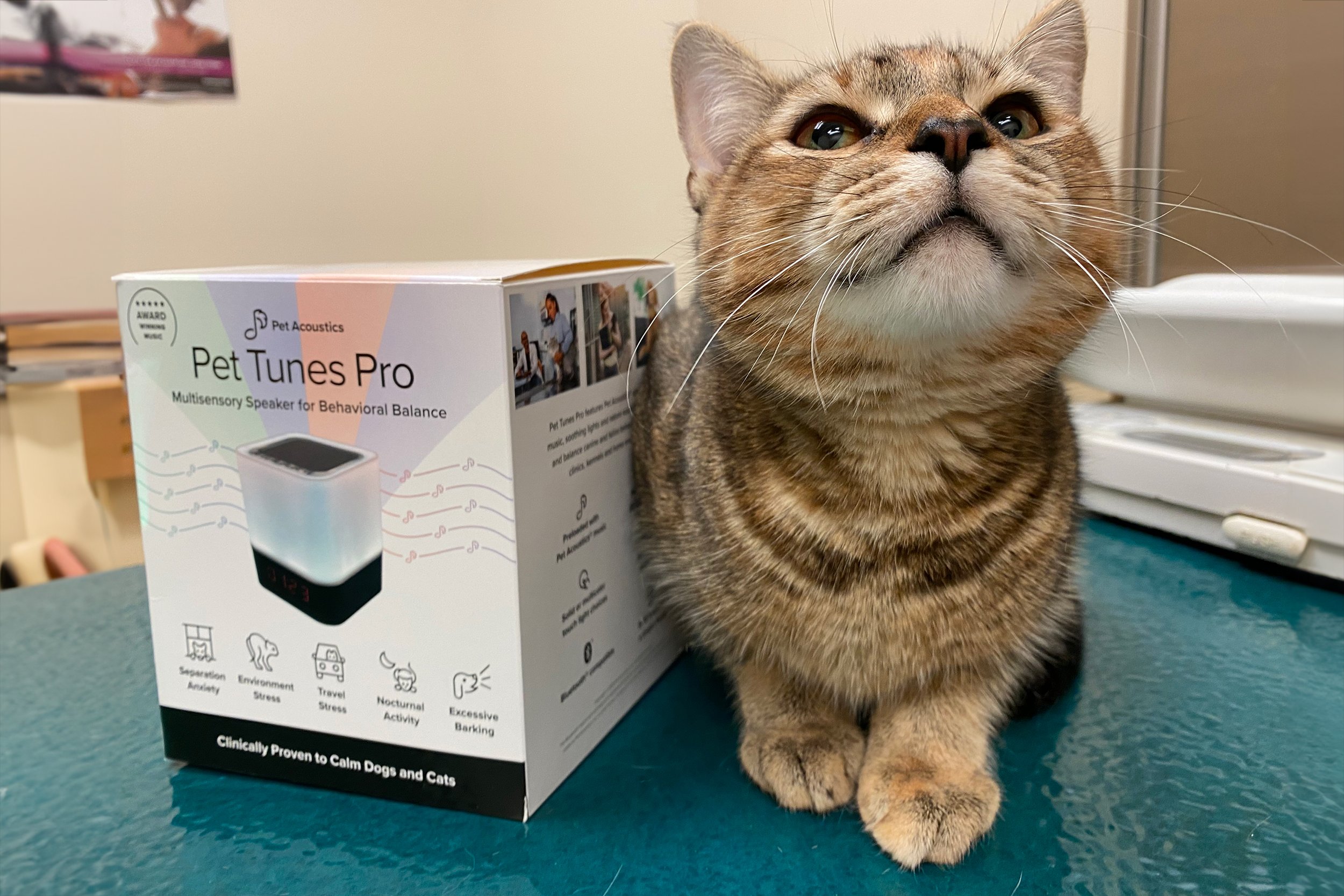Unlocking Wellness for Your Pet: Best Ways to Use the Pet Acoustics App for Hearing & Calming
If you’re a devoted pet parent, you already know that our furry companions experience the world through heightened senses—especially sound. That’s why the Pet Acoustics App is a groundbreaking tool designed to support your pet’s health through sound wellness. With two powerful features—the world’s first hearing test for dogs and cats and scientifically designed calming music—this app delivers peace of mind for you and a sense of calm for your pet.
Here’s how to get the most out of the Pet Acoustics App:
🎧 1. Start with the Pet Hearing Test
Pets age differently, and hearing loss can often go unnoticed. Our proprietary hearing test is the first of its kind, tailored for both dogs and cats. It’s free to use and takes just a few minutes.
How to Use It:
Sit with your pet in a quiet, familiar environment.
Play the guided test tones from the app and observe your pet’s reactions—like ear movement, head turning, or alert posture.
Results help identify frequency ranges your pet may not hear well, offering insight into age-related hearing or behavior changes.
💡 Tip: Repeat the test every few months to monitor any shifts in hearing ability—especially in senior pets.
🎵 2. Choose the Right Calming Music for Your Pet
Whether your pet is anxious during thunderstorms, vet visits, or when left alone, Pet Acoustics Music is specifically designed using species-specific sound frequencies and tempos.
Where to Use It:
At home: Play during daily rest times to reduce overall stress levels.
In the car: Ideal for road trips or anxious car rides.
At the vet or groomer: Reduce pre-appointment stress by starting music before arrival.
During fireworks or storms: Use the “storm calm” playlists before a stressful event begins.
💡 Tip: Try different playlists to see which your pet responds to most. Many owners notice visible signs of relaxation within minutes.
🔁 3. Create a Daily Calm Routine
Just like us, pets thrive on routine. Using the Pet Acoustics App consistently can help regulate your pet’s emotional rhythms.
Build a Routine:
Play calming music at the same time each evening to signal wind-down time.
Pair music with other relaxing cues, like dim lighting or a favorite bed.
If you crate train or leave your pet alone, start the music a few minutes before you leave.
💡 Tip: Use Bluetooth speakers for better sound distribution across your home environment.
📲 4. Track and Share Results
Not only can you observe changes in your pet's stress behaviors, but the hearing test results can also be shared with your veterinarian to support wellness checkups.
Veterinarians love this feature because it provides behavioral context for hearing-related issues—especially in older pets or post-surgical care.
Why It Works
Pet Acoustics is backed by over a decade of sound behavior research, with music clinically shown to lower heart rates and reduce cortisol levels in animals. The app brings these findings right to your fingertips—helping your pet live a calmer, healthier life.
Download the Pet Acoustics App today and discover the sound of well-being—for you and your pet.
Available on iOS and Android.








































